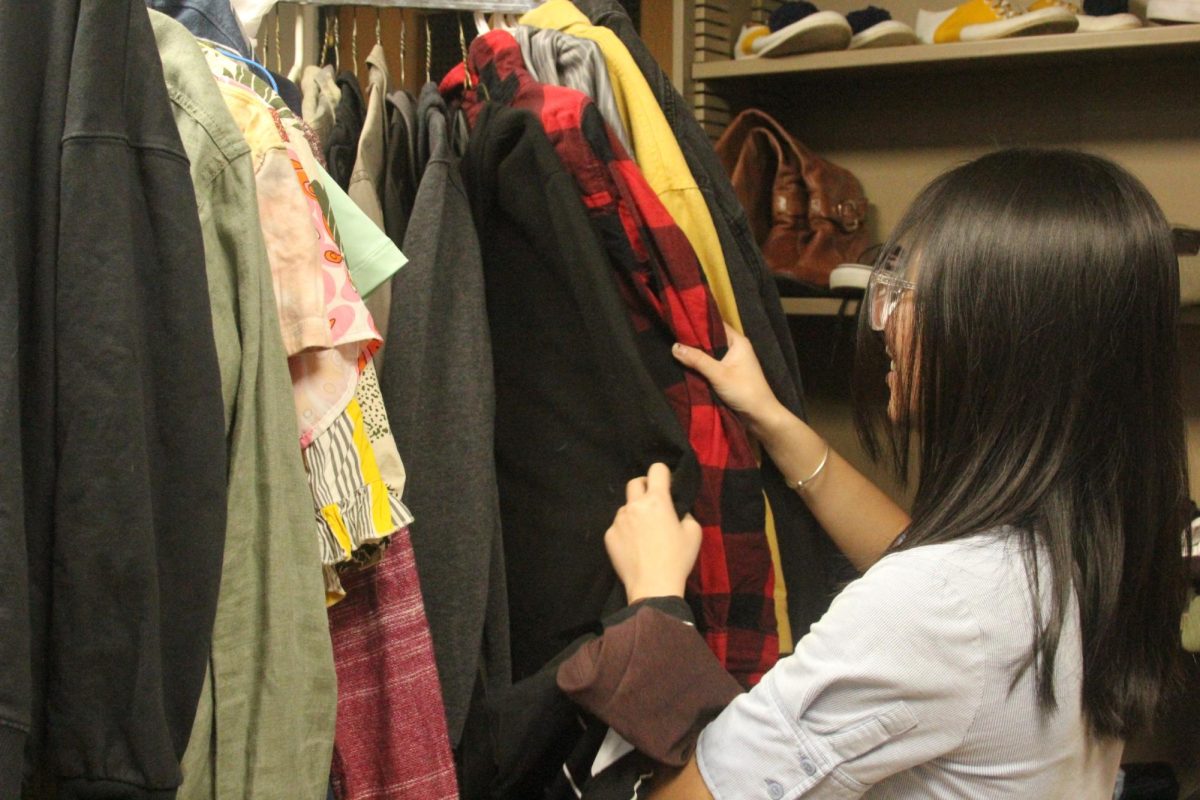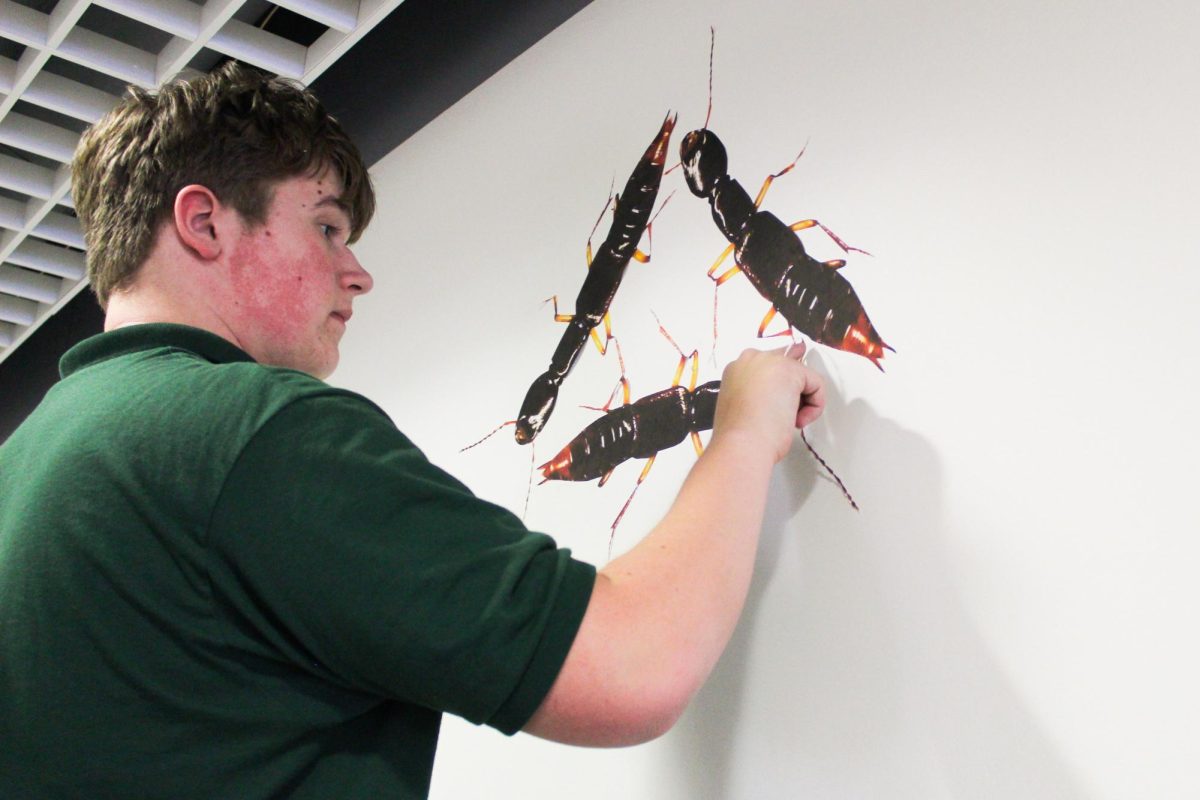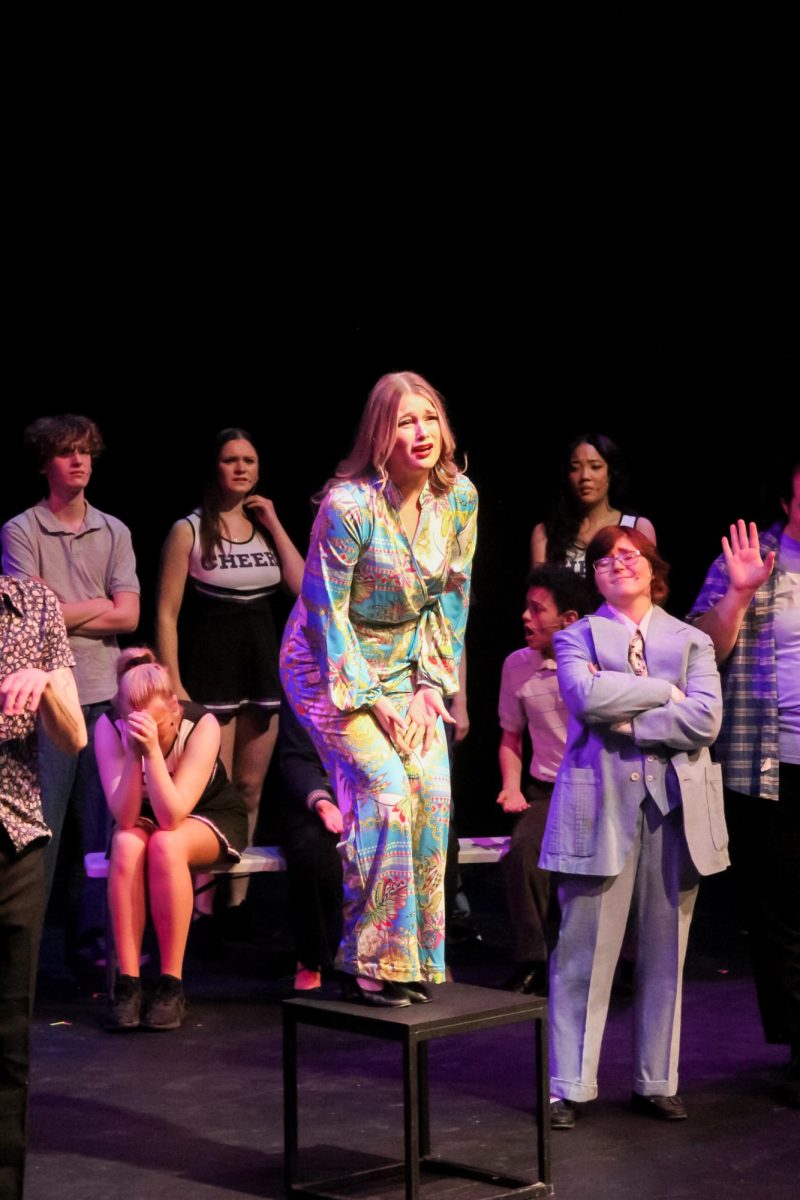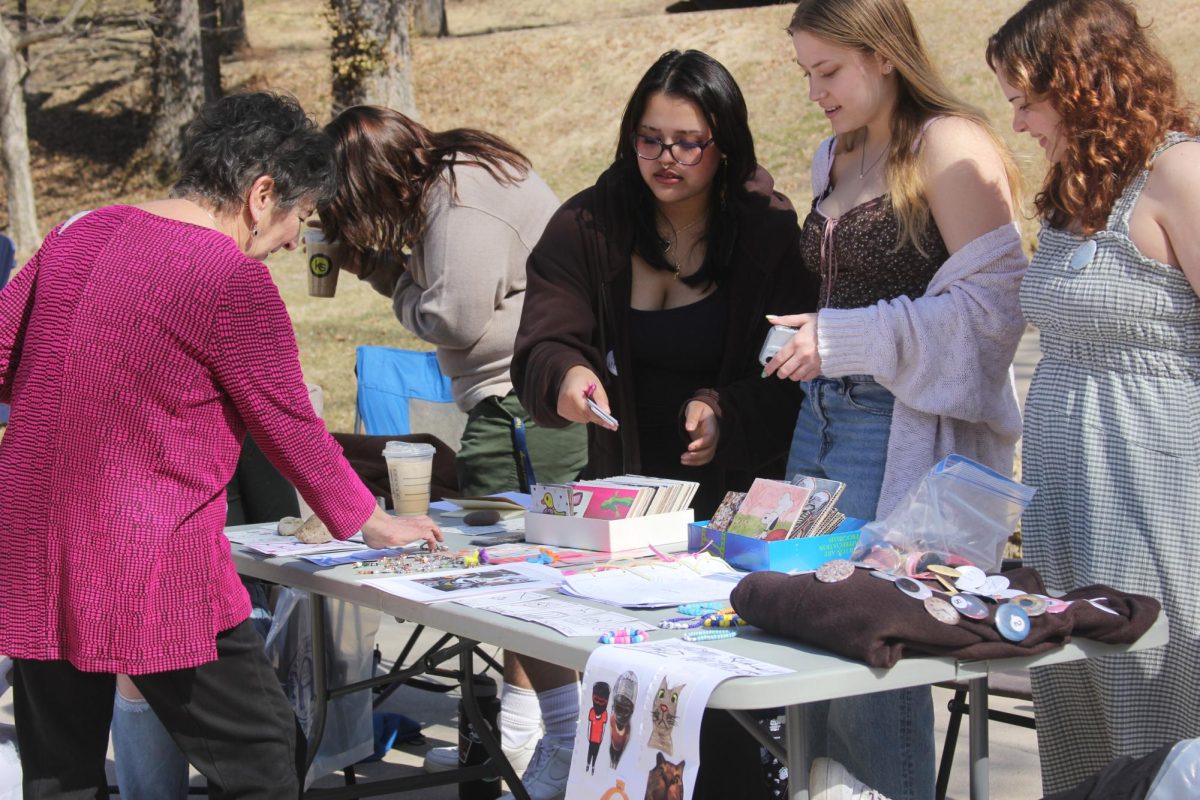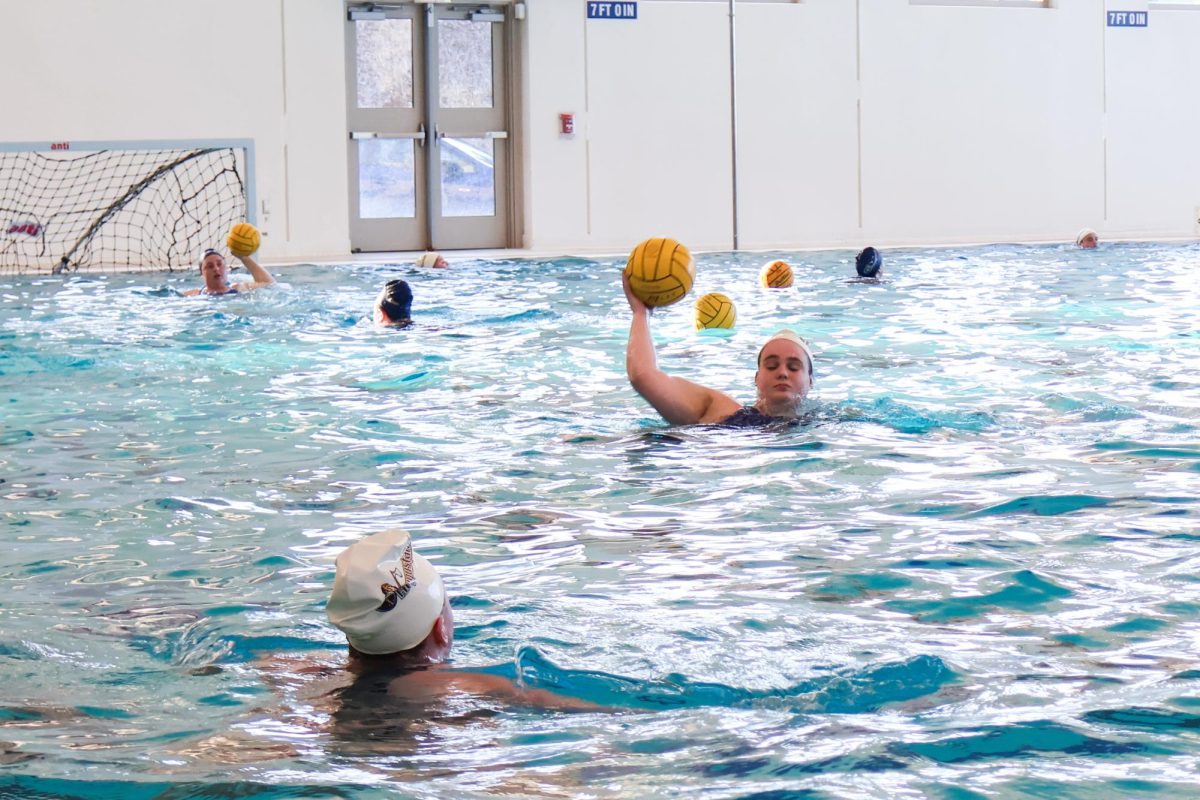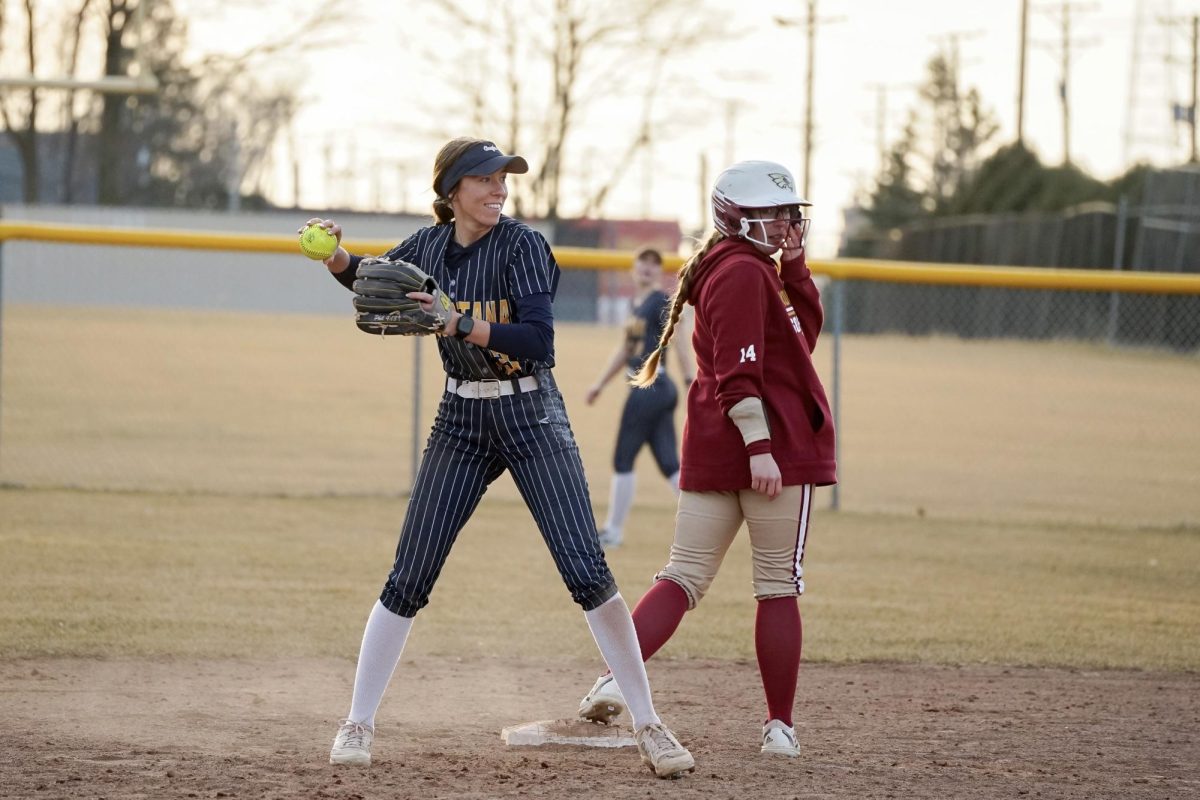
In light of the events that have happened across college campuses nationwide, some students at Augustana find it necessary to be in unison with the other students of color who have suffered injustices, as are the opinions of junior Crystal Gray, president of the Black Student Union.
“It’s important to have these types of demonstrations anywhere there is injustice,” said junior Crystal Gray, president of the Black Student Union, in response to the protests shown in the media.
The protests that have taken place, specifically at the University of Missouri, have spanned the last few months, stemming from President Tim Wolfe’s inaction over the racial incidents on campus. Wolfe resigned on Nov. 9, following a strike made by the football team refusing to play until he submitted his resignation.
Gray added how it all depended on how these demonstrations are set up and the inevitability of having various interpretations of such demonstrations from the entire student body. But the “main goal would be show the people that there is a problem” and that changes need to be made.
What added on to the students’ frustration in Missouri was how their fellow peers and the administration were ignoring the problems with racism being present on the college campus, according to how sophomore Stacie Gill sees the situation.
“This is not an isolated incident, this happens at mostly every predominately white institution,” said Gill. Gill goes on to say how this situation is something students at Augustana, especially students of color can relate to.
Last year, Black Lives Matter demonstrations took place at Augustana in the form of die-ins to raise awareness of racial tensions in regards to the events in Ferguson and New York.
Augustana also had its own incident with the social media app called Yik Yak around the same time, in where anonymous racial comments were posted targeting individuals and groups on campus.
Such events are not foreign to happen on college campuses, especially those that are Predominately White Institutions. According to the Encyclopedia of African American Education from 2010, PWI is the term that describes institutions in higher education that have more than 50 percent of white students enrolled. From the Augustana Class of 2019 student profile, out of the 2500 students enrolled, around .48 percent were considered Asian American, 11.2 percent were African American, 2.9 percent were Hispanic, .04 percent were Native American, .04 percent were Native Hawaiian, and .96 percent were considered multiracial; this does not include international students.
“This is only my second year here, and I can already notice how certain issues are being brushed under the rug,” said Gill. Gill added how some issues can be seen through how the school failed to follow-up with incidents, especially with the events that happened with Yik Yak.
“There was no real concern shown from the president and the faculty,” said Gill.
Gill said the demonstrations that took place on campus were “needed” for people at Augustana, as it brought attention to how students are being treated, specifically students of color.
Other students feel as though having a demonstration isn’t necessary, to the degree of it being “loud” and “bombastic,” as senior Michael Hoover wants to point out.
“I personally think that doesn’t help,” said Hoover.
Hoover understands that the college has its own leanings, with it being a Lutheran school, but that “the college shouldn’t go too far in enforcing non-discriminatory policies because that encroaches on free speech.”
Hoover added how such demonstrations doesn’t change people’s perception, rather it keeps people dormant in their thoughts.
“It’s like a weed, it keeps growing back,” said Hoover.
Senior Vicky Gillon was a part of the protests last year and recalls that being one of her “most memorable moments” she has had at Augustana.
“The goal of the protest was to get people to talk, and to give a voice to the people who don’t have one,” said Gillon. Gillon recalls hearing comments of how the protests created a divide, but begs to differ. This divide was from people who didn’t believe that there were racial issues on campus, and those who did.
“The divide was already there,” said Gillon.
What the protest at Augustana succeeded in accomplishing was getting people out of their comfort zone, according to Gillon.
At the moment, Gillon said that she wouldn’t rule out the possibility of having another demonstration in the future, but that doesn’t mean it is a definite yes.
